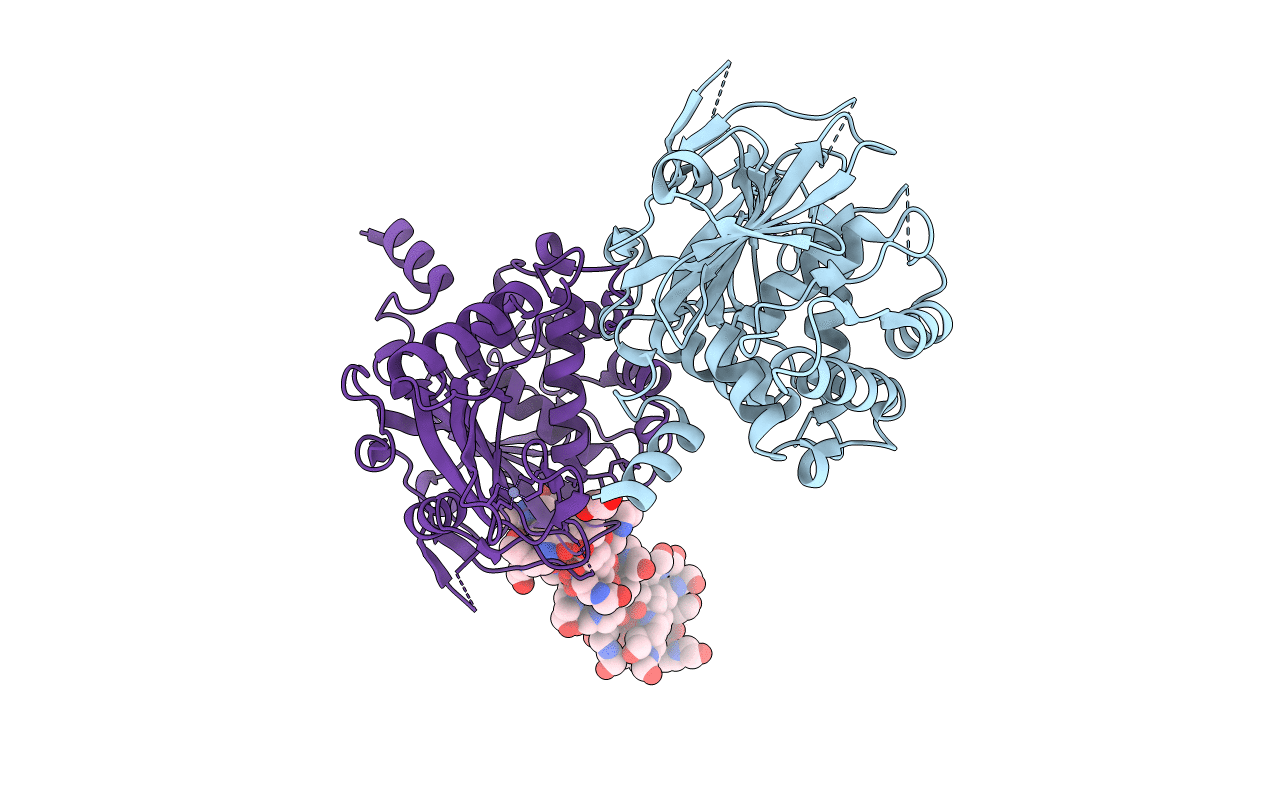
Deposition Date
2022-02-04
Release Date
2022-06-08
Last Version Date
2024-01-31
Entry Detail
PDB ID:
7R2G
Keywords:
Title:
USP15 D1D2 in catalytically-competent state bound to mitoxantrone stack (isoform 2)
Biological Source:
Source Organism:
Homo sapiens (Taxon ID: 9606)
Host Organism:
Method Details:
Experimental Method:
Resolution:
1.98 Å
R-Value Free:
0.23
R-Value Work:
0.20
R-Value Observed:
0.20
Space Group:
P 1 21 1


